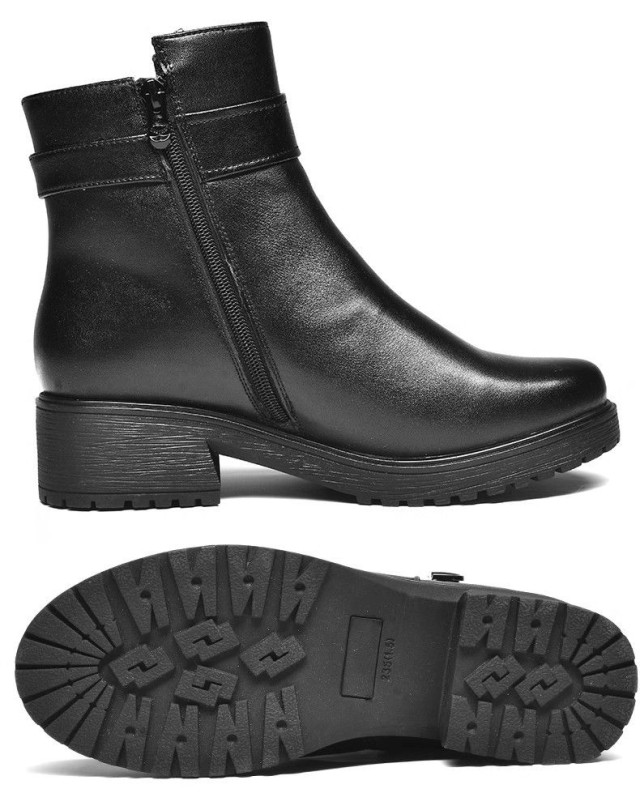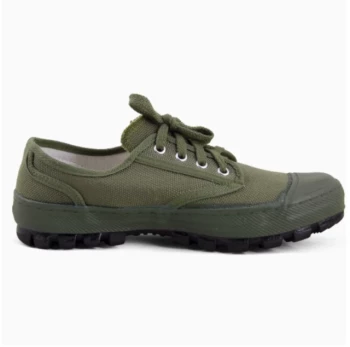The mark of exceptional footwear isn’t just durability—it’s how the shoes evolve into a reflection of the wearer’s journey. Goodyear welted shoes, with their time-tested construction, offer unmatched longevity while developing a rich patina and adapting to both classic and contemporary styles. Here’s why they’re the rare investment that grows more distinctive with age.
The Art of Visible Craftsmanship
Goodyear welting isn’t just functional; it’s a visual testament to heritage shoemaking. The exposed stitching and layered construction signal quality, while material choices deepen the aesthetic narrative.
Stitching as a Design Statement
The hallmark zig-zag stitch securing the welt to the sole isn’t merely structural—it’s a deliberate design element. Unlike glued soles that hide construction, Goodyear welting celebrates craftsmanship through:
- Contrast threadwork that accentuates the shoe’s profile
- Raised stitching adding dimensional texture
- Symmetrical precision signaling meticulous handwork
How Materials Elevate Aesthetic Depth
Premium leathers like shell cordovan aren’t chosen just for durability. Their tight grain structure ensures even fading, while oils within the leather create a luminous glow over years of wear. Research shows well-maintained uppers develop deeper color saturation at flex points—knees, ankles—transforming creases into character lines rather than flaws.
Aging with Intention
Like denim or leather jackets, Goodyear welted shoes gain value through wear. The construction method directly enables this graceful maturation.
Patina Development and Leather Maturation
The welt’s protective barrier prevents moisture from seeping into the upper, allowing controlled oxidation. This results in:
- Gradual darkening at high-contact zones (toe caps, heels)
- Subtle tonal variations that mimic antique wood finishes
- Softer surface texture as waxes and polishes build up
Have you noticed how vintage shoes often look richer than new ones? It’s the leather’s natural response to careful use—a quality accelerated by Goodyear welting’s breathability.
The Role of Recrafting in Preserving Style
Unlike disposable footwear, these shoes are designed for decades of use. When soles eventually wear down:
- Cobblers detach the welt (never the upper)
- Replace midsoles and outsoles while retaining original stitching holes
- Refresh the upper’s finish to blend old and new materials
This process maintains the shoe’s silhouette—critical for keeping its aesthetic DNA intact across multiple generations of wear.
Style Versatility Beyond Tradition
Originally designed for 19th-century work boots, the Goodyear welt now bridges heritage and modernity.
Pairing with Modern and Classic Wardrobes
The same pair transitions seamlessly because:
- Structured silhouettes anchor slim suits or raw denim
- Neutral leather tones complement monochrome and patterned outfits
- Recraftable soles allow switching from leather (formal) to rubber (casual)
Iconic Designs and Their Cultural Footprint
From Oxfords worn by mid-century bankers to service boots adopted by artisans, Goodyear-welted styles outlive trends. Their longevity comes from:
- Proportional balance (e.g., broguing that’s decorative but never excessive)
- Timeless last shapes avoiding extreme toe boxes or heels
- Material honesty—no synthetic coatings that peel or crack
Step Into Timeless Style with 3515 Footwear
As specialists in craftsmanship-built shoes, 3515 equips distributors and brands with footwear that ages as gracefully as it performs. Whether you’re sourcing enduring classics or contemporary designs, our Goodyear welted collection ensures long-term satisfaction for your customers. [Contact our team] to explore styles that improve with every step.
Related Products
- Factory-Direct Wholesale Canvas Boots with High-Traction Rubber Soles
- Puncture-Resistant Velcro Safety Boots for Wholesale & Custom Manufacturing
- Safety Footwear Wholesale Manufacturer for Custom OEM/ODM Production
- Wholesale Anti-Smash & Puncture-Proof Safety Shoes Custom Manufacturing for Brands
- Wholesale Safety Footwear Manufacturer for Bulk & Custom OEM Orders
Related Articles
- Why Vulcanized Soles Outlast: The Science Behind Durable Footwear
- How to Choose Work Boot Uppers That Match Your Job's Demands
- How Vulcanized Rubber Engineering Creates Unbeatable Outdoor Boots
- Why Vulcanized Soles Dominate Performance Footwear: Durability Meets Flexibility
- Why Vulcanized Soles Dominate Technical Skateboarding: A Science and Performance Breakdown



















